Got sprouts, what now?
Snowden_Yesteryear
13 years ago
Related Stories
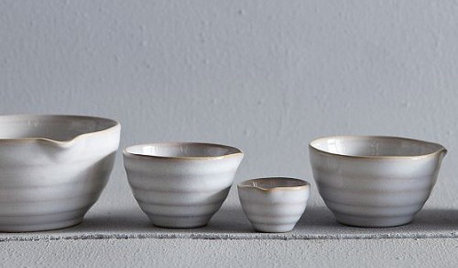
KITCHEN DESIGNGuest Picks: Sprouted Kitchen Must-Haves
Sara of Sprouted Kitchen Shares Her Essentials Tools for Good Cooking
Full Story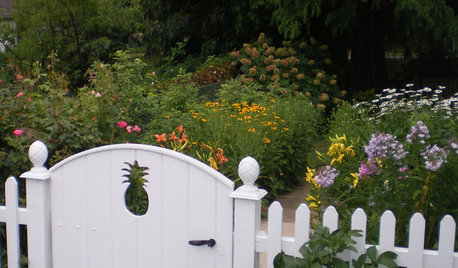
DECORATING GUIDESDesign Mystery: Why Do Pineapples Sprout Up in Home Design?
Early Americans were bananas about pineapples — and we’re still reaping the benefits of the sweet fruit’s symbolism today
Full Story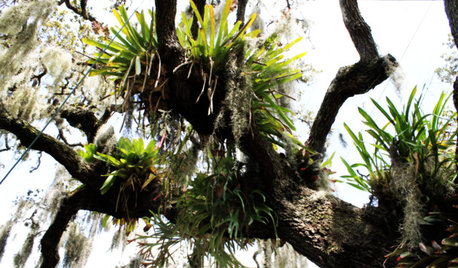
GARDENING GUIDESGot a Hot, Humid Landscape? Add Tropical Flair With Air Plants
Turn tree trunks and walls into lush canvases with plants adapted to the canopies of the rainforest
Full Story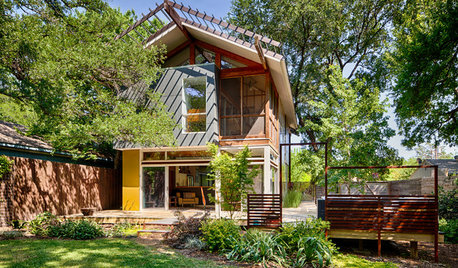
HOUZZ TOURSHouzz Tour: A Modern Garden Pavilion Sprouts Up on an Ex–Pot Farm
This compact Dallas house now connects to its leafy surroundings in a gorgeously irreproachable way
Full Story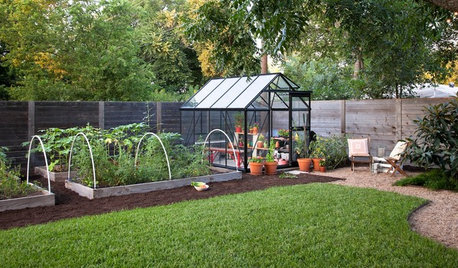
EDIBLE GARDENSA Formerly Weedy Lot Now Brims With Edibles and Honeybees
Photographers transform their barren backyard into an oasis filled with fruit, vegetables, honey, eggs and more
Full Story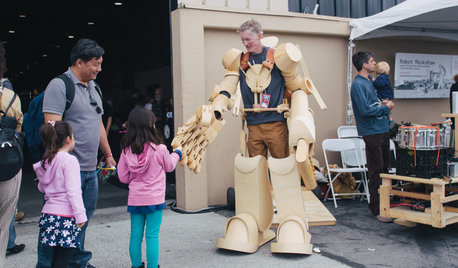
EVENTSMaker Faire: The Future Is Now
Kid-friendly robots and high-tech sprinkling systems: This fair shows what’s new and next
Full Story
REMODELING GUIDESHave a Design Dilemma? Talk Amongst Yourselves
Solve challenges by getting feedback from Houzz’s community of design lovers and professionals. Here’s how
Full Story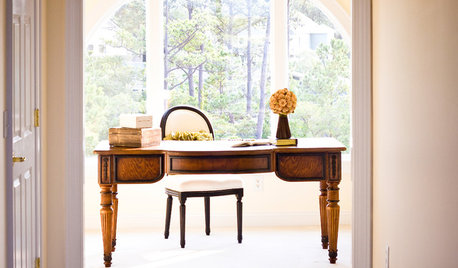
HOUSEKEEPINGGot a Disastrously Messy Area? Try Triage
Get your priorities straight when it comes to housekeeping by applying an emergency response system
Full Story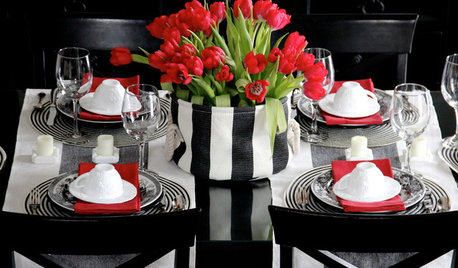
ENTERTAININGGot Hand-Me-Down Dinnerware? Make a Memorable Meal
They might be mismatched and not your style, but those inherited plates and forks can help bring meaning to your table
Full Story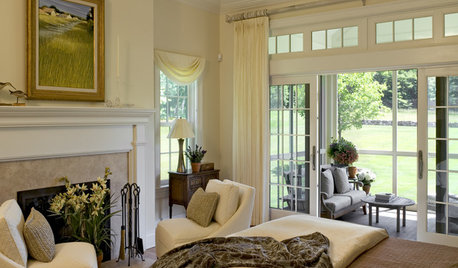
WINDOWSAwkward Windows and Doors? We've Got You Covered
Arched windows, French doors and sidelights get their due with treatments that keep their beauty out in the open
Full StorySponsored
Your Industry Leading Flooring Refinishers & Installers in Columbus






gardenweed_z6a
PVick
Related Professionals
Maple Valley Landscape Architects & Landscape Designers · Arnold Landscape Architects & Landscape Designers · Foothill Ranch Landscape Architects & Landscape Designers · Forest Park Landscape Architects & Landscape Designers · South Elgin Landscape Architects & Landscape Designers · Biloxi Landscape Contractors · Gaithersburg Landscape Contractors · Nanuet Landscape Contractors · New Cassel Landscape Contractors · Plantation Landscape Contractors · Red Oak Landscape Contractors · Tacoma Landscape Contractors · The Villages Landscape Contractors · Reisterstown Landscape Contractors · North Hills Landscape ContractorsSnowden_YesteryearOriginal Author
kqcrna
gardenweed_z6a
terrene
quilt_mommy
Snowden_YesteryearOriginal Author